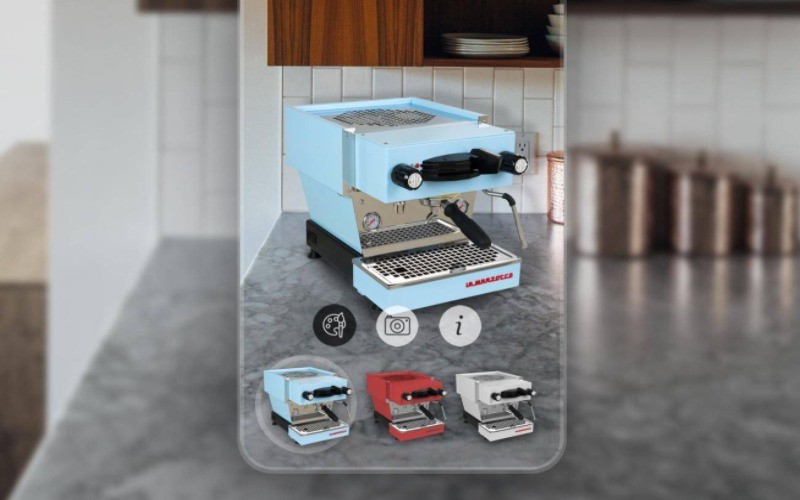2018 is seeing Augmented Reality (AR) emerge into the mainstream market. The perception that AR is an expensive novelty has shifted. AR applications are now delivering real business value to a range of industries. CXFocus speaks to Rupert Deans, CEO and Founder of Plattar, about some real-world case studies and how AR is reshaping the customer experience.
Businesses are starting to understand the potential of AR and the value it can bring to the customer experience. According to Rupert Deans, AR enables a brand to create a new narrative and engage customer customers with rich content and experiences that bring together the virtual and physical worlds. A wide range of organisations in a variety of industries are trialling and deploying AR applications to enhance the experience customers have with their products.
Engaging product activations?

Hell Pizza in New Zealand used an AR app to create a game that dramatically boosted pizza sales by engaging their customers, Deans comments:
“Hell Pizza wanted an innovative way to engage their customers. We helped Hell Pizza to develop an AR app that allowed customers to play a video game as part of ordering a pizza. The game was a first person shooter style of game called “Zombies from Hell”.
“The response was astonishing. The campaign went viral where we had over 30,000 downloads of the app, social engagement that reached half a million people, and it sold over $2 million worth of pizzas”.
3D product browsing and purchasing
The key promise of AR is its ability to greatly enrich the customer experience in many, different and innovative ways. Deans comments, “AR allows customers to experience and interact with a product without the need to visit a physical showroom or retail outlet. It creates a try before you buy scenario built within an immersive 3D environment, allowing customers to place products into their own space. They can browse, they can interact with the product, and then they can buy it.”
Companies such as La Marzocco (Coffee machine manufacture) MultiTap (Taps) and Kfive Kinnarps (office furniture and décor) have developed apps that allow people to place products into their environment or space before purchasing online. With their smart phone the customer takes a photo of their office or home environment. They can place products into that environment and assess how well a particular product or feature fits their requirements
Augmented Reality for Customer support and training
“By blending the physical and digital worlds, augmented reality transforms the way customers’ experience products – at every stage of the product lifecycle”, says Deans. As well as providing an immersive and engaging experience when purchasing a product, it can greatly assist a customer’s initial setup and use of the product as well as ongoing support.
Currently, most support interactions occur over the phone or through chat or email. Augmented reality allows support agents and customers to interact with each other in real-time and communicate as if they were in the same room.
Rather than complex user manuals that customers need to read and make sense of, AR can provide a highly interactive 3d environment that demonstrates how a product needs to be set up. ISGM recently created an AR app to assist customers when setting up a modem and WAN for their Telstra Internet account. The AR app greatly reduced the number of support calls from customers in setting up their modem, while improving satisfaction with the product.
Augmented reality is likely to become a regular feature of the customer experience. Bringing 3D products to the customer’s environment transforms visualisation, helping customers confidently select, personalise and purchase new products sight unseen. Creating rich, engaging, and personalised interactions between customers and brands are the holy grail of the customer experience.
It may totally reshape the way we interact with brands and the products and services they provide.


